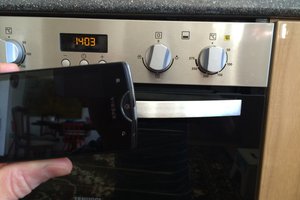Doc InSight provides an augmented reality heads-up display, built into a pair of glasses, for health care professionals. Relevant medical information from an electronic health record is displayed in the wearer's field of vision when environmental QR codes are detected. The information display is completely passive and hands-free. No action is required of the user.
A machine learning (ML) algorithm runs in the background to enhance patient safety. In particular, two of the most common medical errors are treatment-related infections, and medication errors. Doc InSight seeks to eliminate these types of errors without saddling health care providers with additional procedures to follow that reduce their time treating patients, and have also been shown to lead to physician burnout.
How It Works
An Espressif ESP-EYE ESP32-based development board with an OV2640 image sensor captures images of what the wearer of Doc InSight sees, and runs two primary algorithms against those images: 1) a TensorFlow Lite for Microcontrollers neural network, and 2) a QR code decoding algorithm (code here).
Two types of QR codes are currently detected—those affixed to patients, and those affixed to medications. When a patient is detected, their information (name, age, gender) is displayed on a transparent LCD within the wearer's field of vision. Additionally, if the provider has not washed their hands (as determined by the ML algorithm) within two minutes of encountering the patient, a hand washing reminder is also displayed.
When medications are in view, they will be compared to both the medications prescribed to the last patient seen, as well as that patient's allergies. In the former case, a "Not prescribed" warning will be displayed if they have not been prescribed that medication; in the latter case, an "Allergy Alert" is shown if they are allergic to the medication.
A custom convolutional neural network was developed and trained in TensorFlow Lite for handwashing recognition (code here). The model was quantized and converted to an appropriate structure for use with a resource-constrained microcontroller.
Due to a lack of available GPIO pins on the ESP-EYE, an Adafruit QT Py microcontroller was included to control the Nokia 5110 LCD display. The LCD was removed from the breakout board, and the backing was removed to make it transparent. Wires were soldered to the pads to allow it to be controlled from the QT Py. For this prototype, a structure was created from wooden dowels to extend the LCD sufficiently in front of the wearer's eye to bring the display into focus.
A 2000 mAh LiPo battery and an Adafruit PowerBoost 500 Charger were included to supply power for both microcontrollers. All components were fit into a small plastic case that was attached to the frames of a pair of glasses.
Media
The glasses, partially disassembled to show components: 
Our patient as seen by Doc InSight wearer: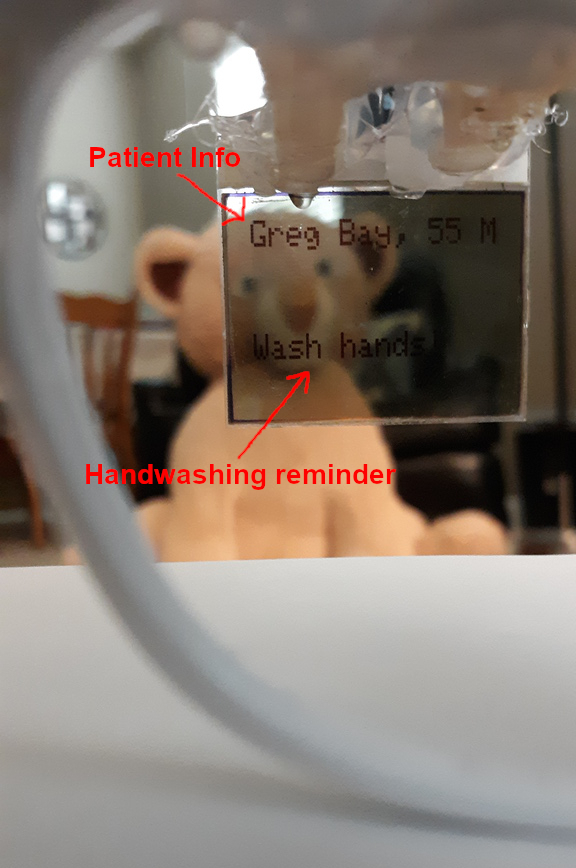
Unprescribed medication warning:
Bill of Materials
- Espressif ESP-EYE development board with OV2640 image sensor
- Extended length flat ribbon cable for image sensor
- Nokia 5110 LCD
- Adafruit QT Py
- Adafruit Powerboost 500 Charger
- 2000 mAh LiPo battery
- Micro USB breakout board
- USB-C breakout board
- Miscellaneous wires
- Wooden dowels
- Hot glue
- Glasses frame
- Metal disc or similar for counterweight
Future Direction
First, I would like to miniaturize the design with purpose-built hardware, rather than using off-the-shelf development kits. I would also like to be able to hook Doc InSight up to a real EHR in order to pull in more relevant information (e.g. vitals). The ML algorithms could be extended to assess further patient risk areas (e.g. likelihood of a fall for inpatients).
The ideal, final version of the device would replace the majority of functions that a provider now has to perform in an EHR, freeing physicians to spend...
Read more » Nick Bild
Nick Bild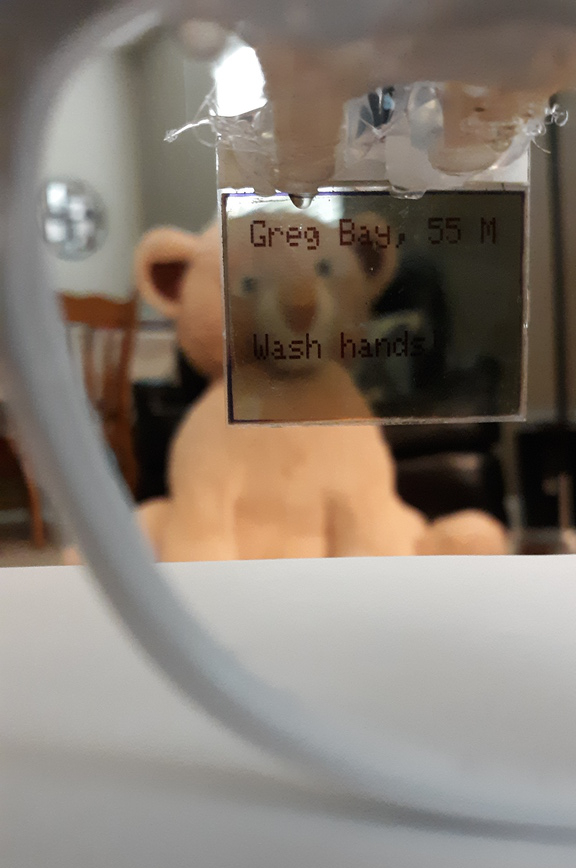
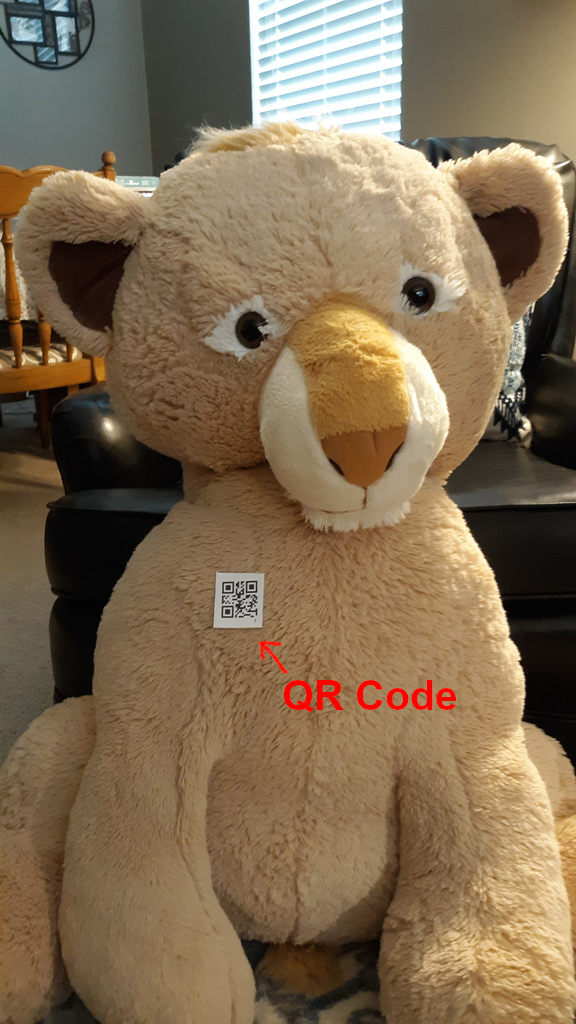
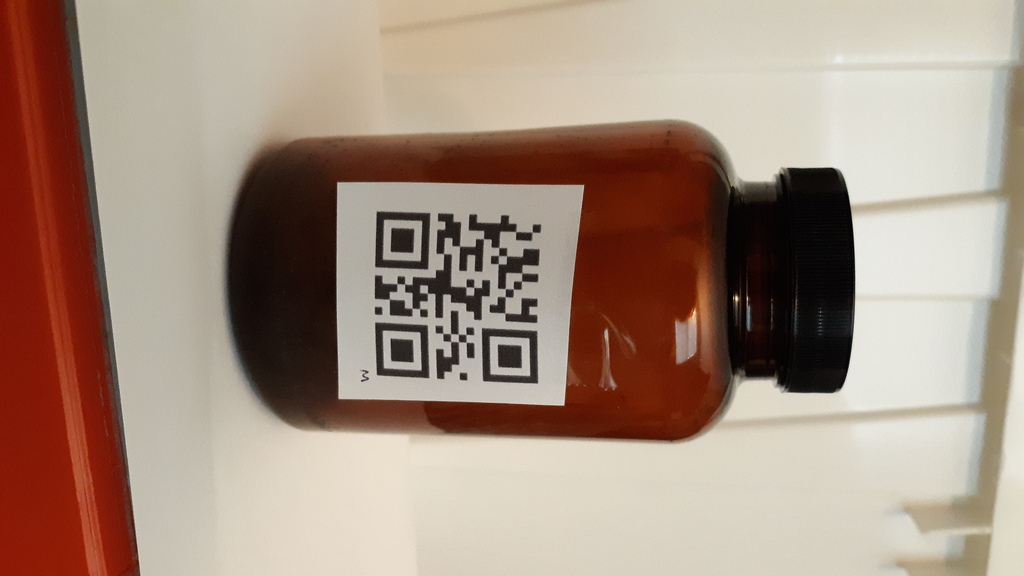
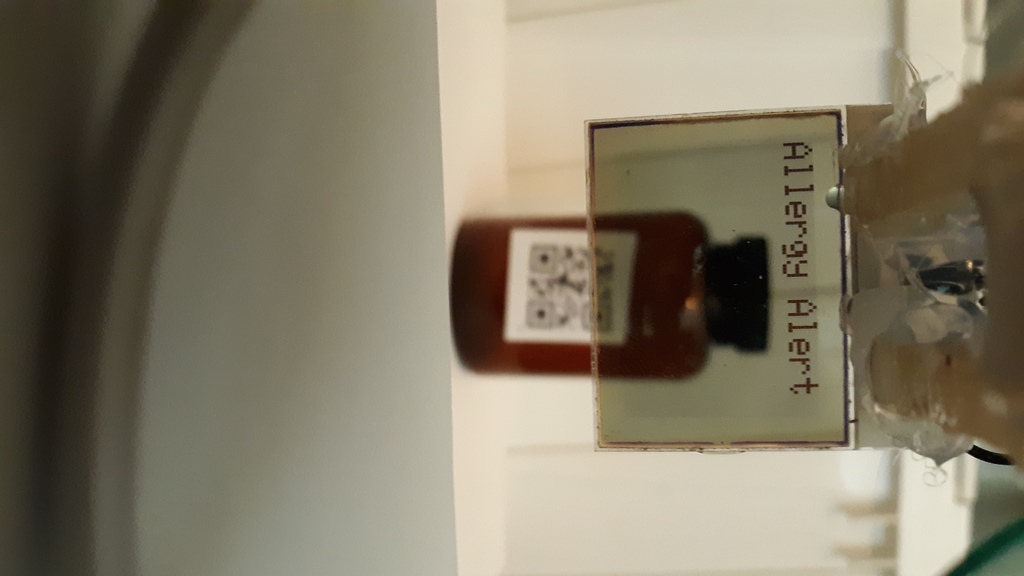
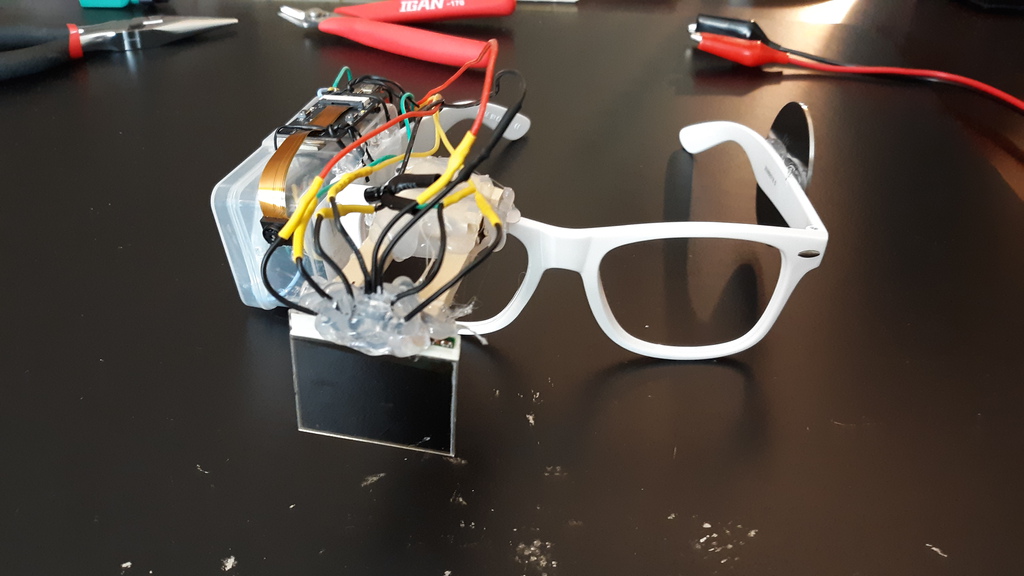
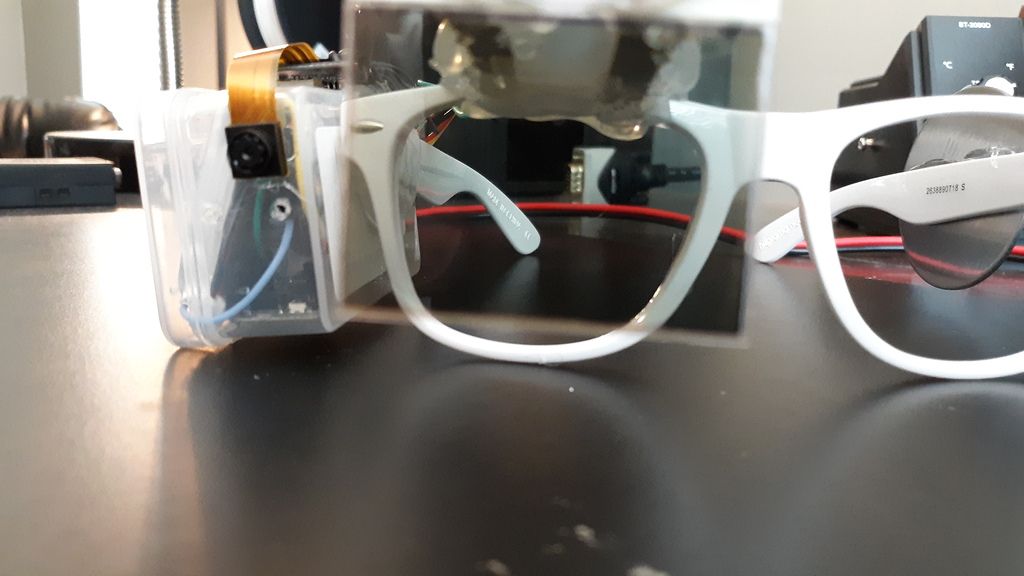
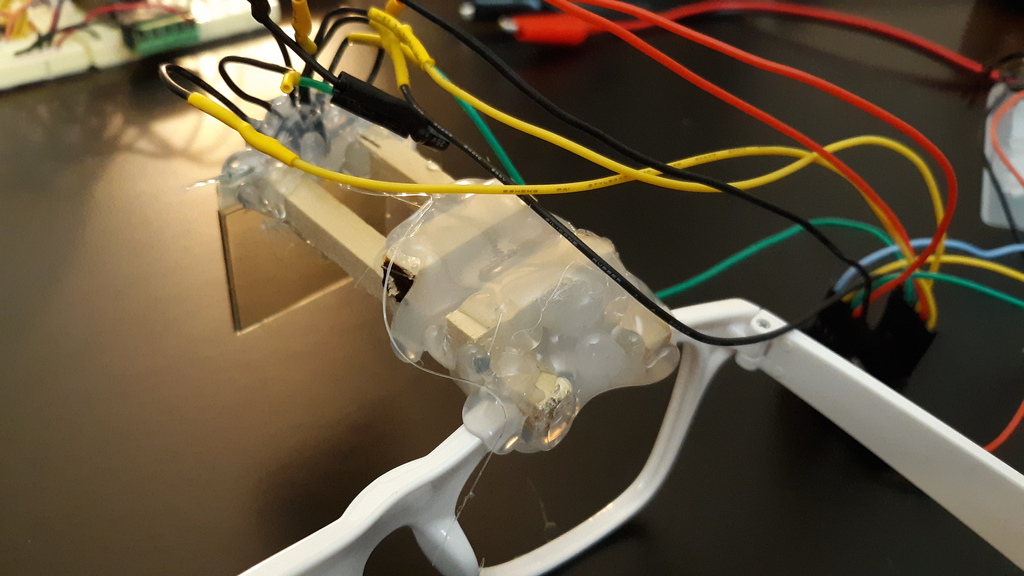

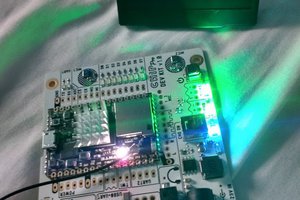
 Ricardo Ferro
Ricardo Ferro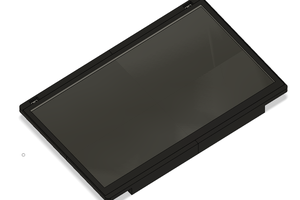
 John Basista
John Basista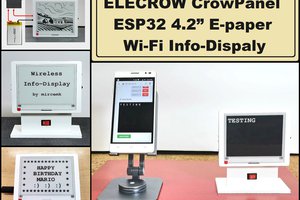
 mircemk
mircemk